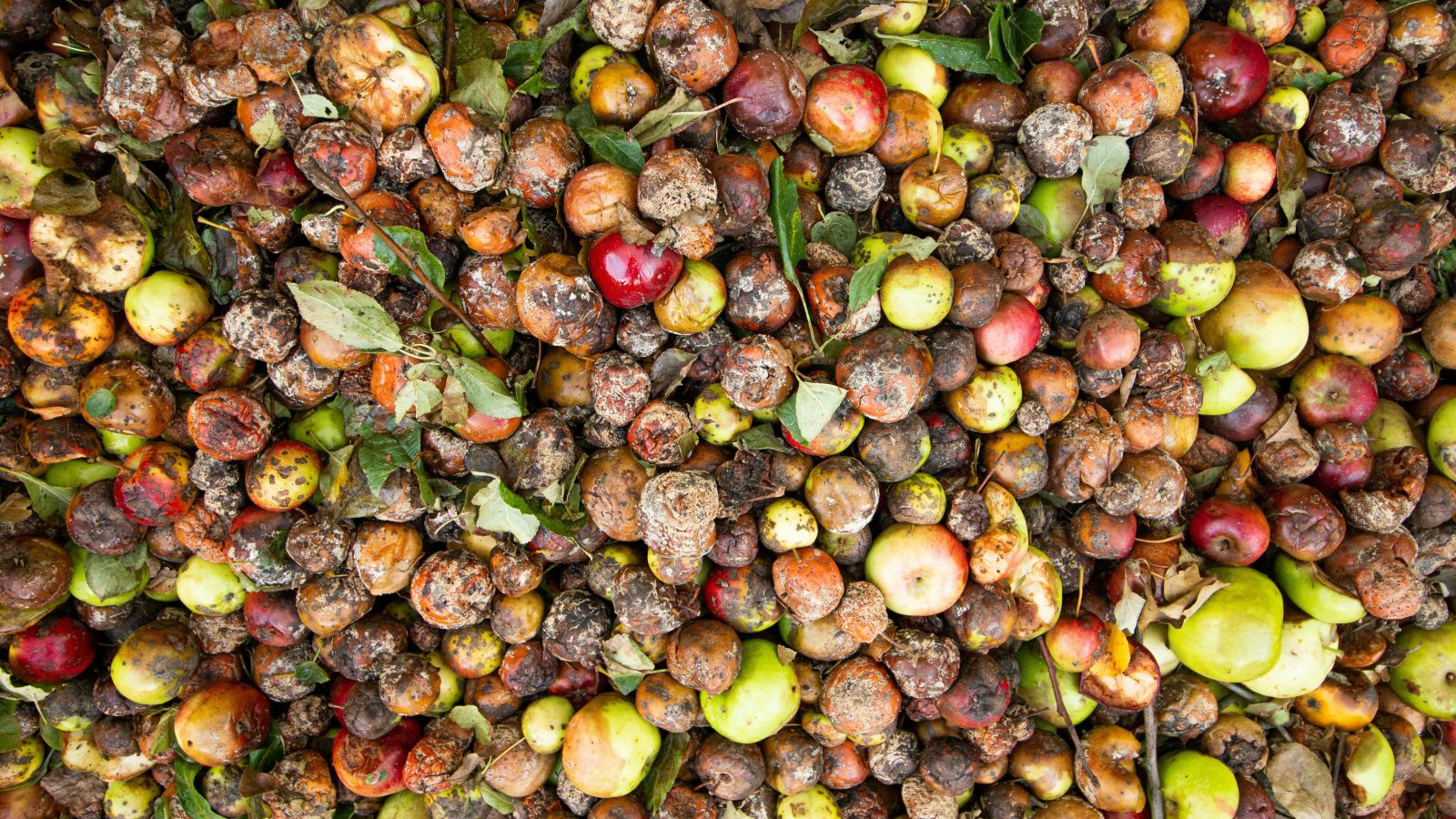
Every year, one-third of all available food in the United States goes uneaten through loss or waste, and EPA research shows that this waste produces greenhouse gas emissions equivalent to those from 60 coal-fired power plants. To address the issue, the U.S. Department of Agriculture (USDA), the U.S. Environmental Protection Agency (EPA), and the White House have published a National Strategy for Reducing Food Loss and Waste and Recycling Organics.
The strategy is part of the Biden Administration’s comprehensive approach to tackling climate change, feeding people, addressing environmental injustice, and promoting a circular economy. It supports the national goal of halving food loss and waste and achieving a 50% recycling rate by 2030 and has at its core four key objectives, which are to:
- Prevent food loss
- Prevent food waste
- Increase the recycling rate for all organic waste; and
- Support policies that incentivize and encourage food loss and waste prevention and organics recycling
“USDA is committed to reducing food loss and waste, facilitating many programs and activities to engage farmers, producers, communities, and businesses in this collective effort,” said U.S. Secretary of Agriculture Tom Vilsack.
“The National Strategy we are announcing provides a comprehensive set of actions that EPA and our partners at USDA and FDA will take to reduce waste and protect our environment while improving food security and saving money for families and businesses,” added EPA Administrator Michael S. Regan.
The strategy highlights concrete steps alongside complementary USDA, EPA, and Food and Drug Administration actions that will accelerate the prevention of food loss and waste, and the recycling of the remainder with other organic waste, across the entire U.S. supply chain, including:
- Optimizing the harvest or collection of raw commodities and foods. Solutions could include better on-farm storage and improvements in demand forecasting, cultivars, machinery, and technologies such as predictive analytics (i.e., artificial intelligence)
- Reducing food loss in food manufacturing and processing by upcycling food ingredients, food products, and processing byproducts into new foods for human consumption (when economically feasible) or by creating animal food with remaining food that would otherwise be lost
- Funding a new $1.5 million Center for Research, Behavioral Economics, and Extension on Food Loss and Waste to create meaningful momentum on food loss and waste prevention among land-grant universities, their partners, and external stakeholders
- The funding of research and development on new food loss and waste innovations, such as innovative new packaging technology and cultivars, to extend the shelf life of food and prevent loss.


